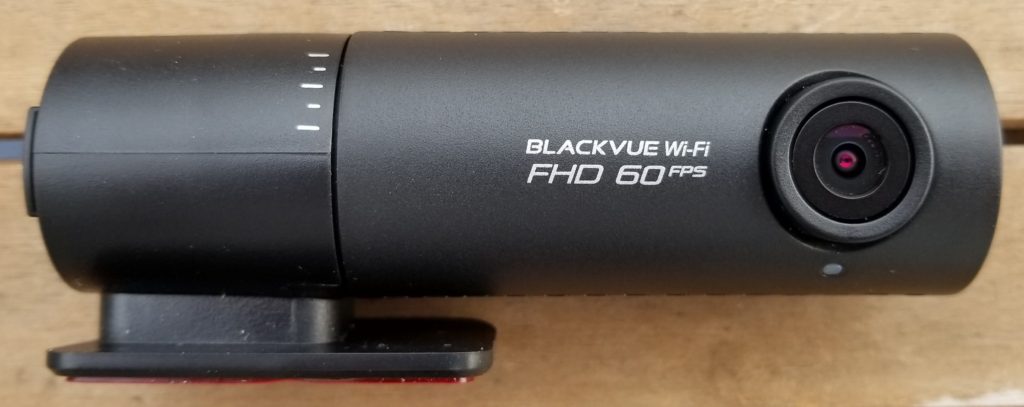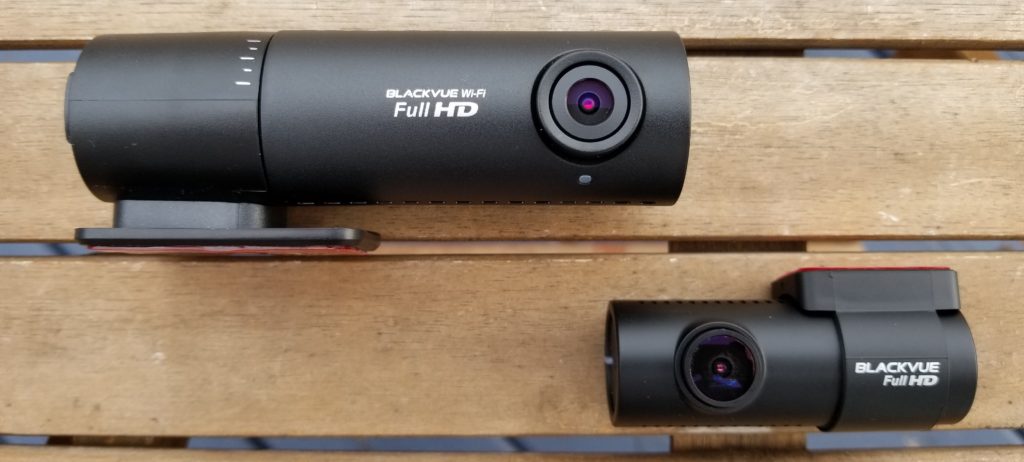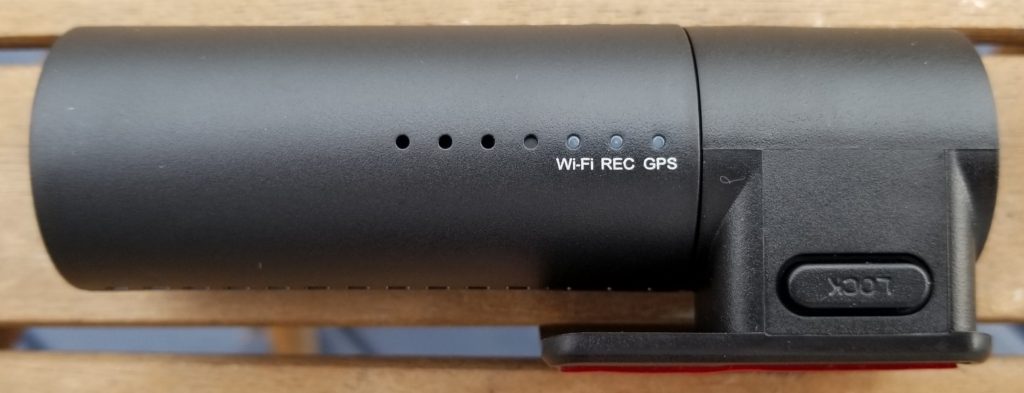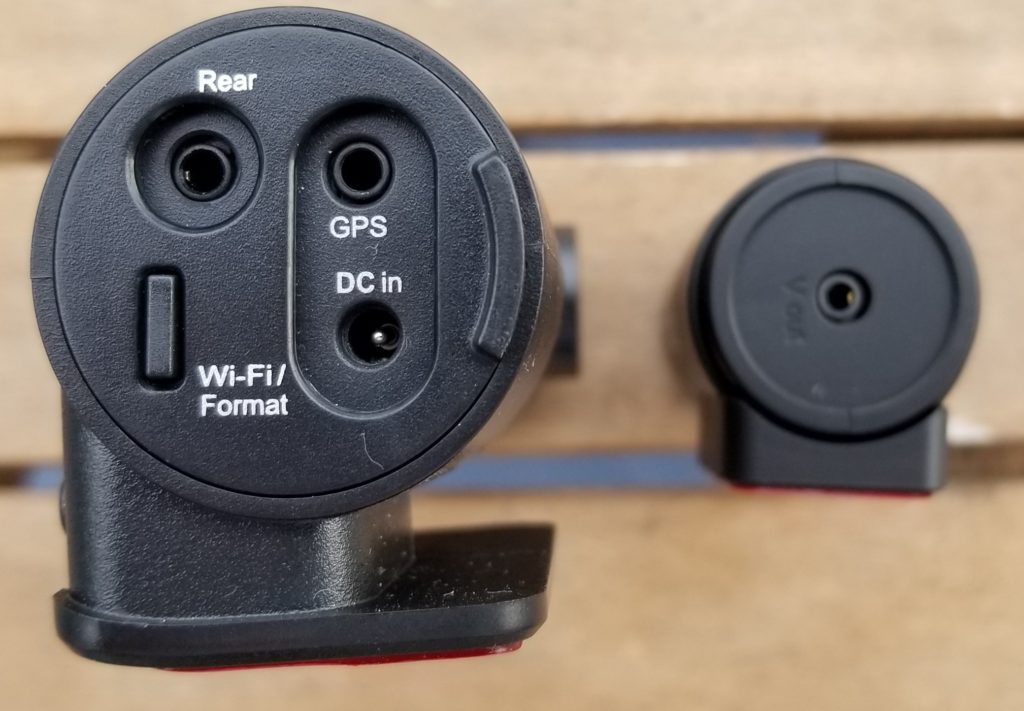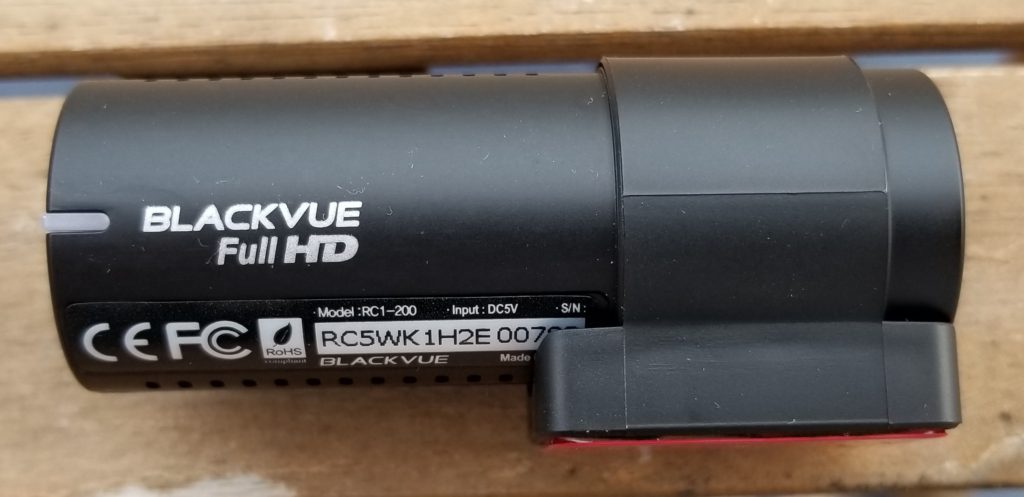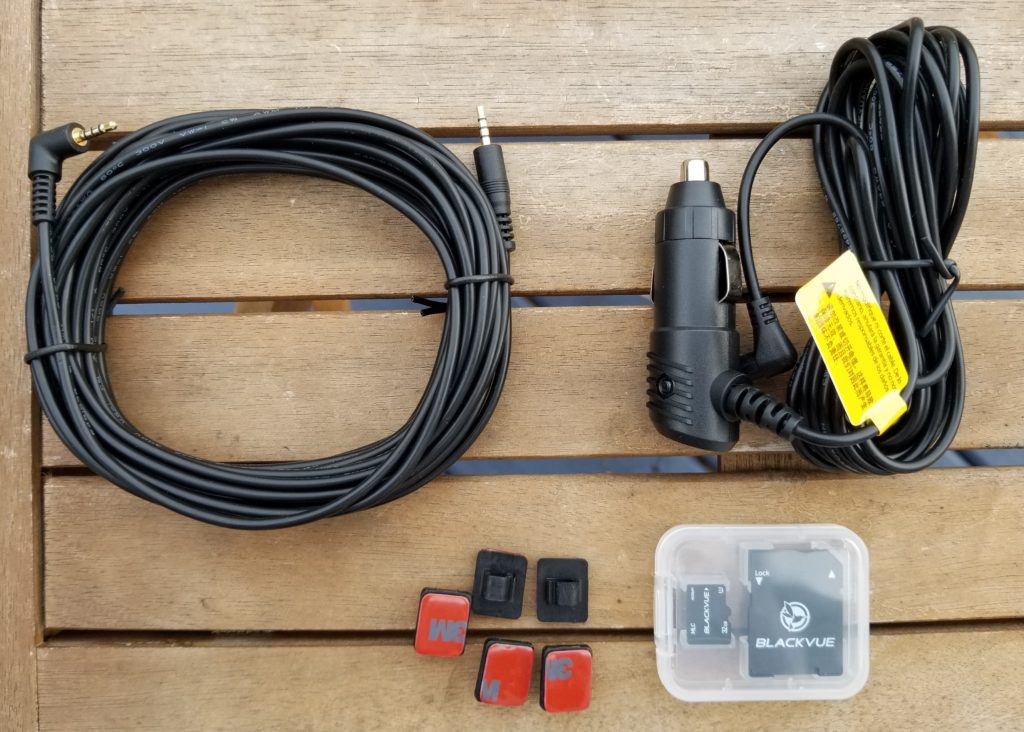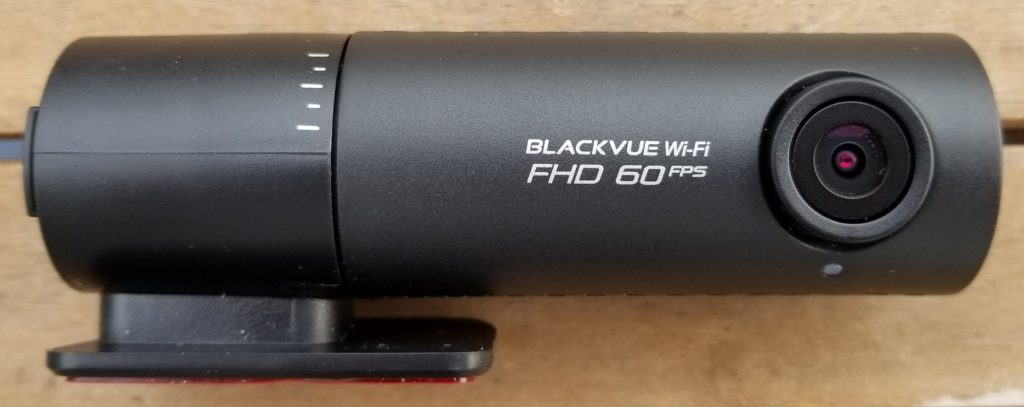There is a YouTuber that goes by the name of snowcat. Just shy of 800 thousand subscribers, the content creator drives around Canada while constantly recording his driving adventures. His videos include commentary as well as vloging aspects.
His channel is primarily focused on bad drivers that are all round his city and how they make stupid mistakes and risky life-threating decisions while driving. All he does is record this, and it happens right in front of him; he does not seek out bad drivers.
I’ve watched a lot of his videos and, it’s wild at the type of drivers he runs into. Close calls, red light runners, and drifting lane drivers are all too frequent. Having a car that I quite enjoy, it’s scary to think that one of those drivers will sooner or later harm someone or their car. And I do not want that someone to be me.
Every chance I get, I tell people that they need a dash camera for their car, especially if it’s a newer car. The truth is that red light runners and bad drivers are unavoidable and they could cause serious harm to both you and your car.
In the United States, if damage is done to your front bumper, you are often presumed to be at fault. However, a lot of times that is not the case. Someone may drive through a red light, brake-check you, start to go and then stop, or may cut you off on the highway. Without proof, the police have to take the evidence at the scene.
A dash camera is an all-seeing eye that never tells a lie and captures every moment every time you sit behind the wheel.
A South Korean based company has taken over the dash camera market by storm by becoming the premium go-to dash camera for drivers. BlackVue has an extensive lineup, compared to just a few years ago when they entered the U.S. market, with devices and options for any driver with any car or truck.
Varying models, BlackVue just recently released their latest 500 series cameras that support one or two camera options as well as 60FPS on selected models. Sticking true to their premium mindset, their Sony Stavis camera makes sure you have the evidence you need to prove your innocence.
Luckily, I have never needed to prove my innocence, but a BlackVue camera offers that same satisfaction and security that car insurance does. That is, the safety and security of knowing something or someone has your back. It’s my car’s all-seeing eye, and I couldn’t imagine driving without it.
Welcome to my review of the BlackVue DR590W-1CH and DR590W-2CH dash cameras.
Design
It seems to be a rarity nowadays for a general naming scheme. The laptop manufacturer Razer recently called their new laptop the “New Razer Book”, as if adding the word “new” to the model name would better differentiate it from last year’s model. I guess they aren’t long term thinkers.
BlackVue, on the other hand, has stuck to a naming scheme from the beginning. Their cameras begin with a prefix, typically “DR”, followed by the camera’s model number. As expected, the higher the model number, the better and newer the camera.
Following the model number is a secondary prefix of either “1CH” or “2CH”. The number in the secondary prefix indicates how many cameras are included with “CH” being shorthand for “channel”.
Often, camera equipment is called a “channel” to mean a “channel of video”. Being that BlackVue sells car dash cameras and your car is most likely to be in an accident in the front or rear, some models come with two cameras, referred to as two channels.
Ever since my first BlackVue dash camera review, I’ve fallen in love with the brand and the products. They are the Apple of dash cameras, and they understand what works best and what doesn’t.
Over the years, Apple’s iPhone has gotten taller and thinner while fundamentally maintaining the same design. They got it correct the first time, and there’s no reason to change it. BlackVue is the same. Going way back to my first BlackVue dash camera, these new 2018 models look and feel exactly the same as the originals.
The main camera section is a long cylinder-shaped body that clips into a 360-degree rotatable mounting bracket. Meant to be hidden from sight, the cylinder body is matte black all around with subtle white text and branding.
Made of plastic, both of these new models feel relatively lighter than previous models when held. Not that it matters much as the mounting bracket uses extremely strong 3M adhesive gel to stick to the windshield.
Both models in this review feature identical front facing camera designs, only the hardware inside either model changes.
With these being a 500 series, these cameras support the general everyday driver who is looking for straightforward recording of accidents. The front camera on both models is small, concealable, and premium looking.
On the right side of the cylinder body is the camera’s I/O. Here, we will find inputs for power, GPS, a physical button for WiFi/Format SD, and a microSD card slot. Exclusive to the 2CH variant, there is another input that allows for its rear camera partner to connect.
The DR590W series lacks a microphone, so, the opposite side of the I/O is a blank cover. We would normally find a capacitive button with LED indicators for wireless. Instead, those indicators are now next to the rear-facing recording and GPS lights.
To comply with recording laws, BlackVue also built in a front facing security LED that flashes to inform others that you are recording. This can be quickly and easily disabled by using the BlackVue iOS or Android application. The same goes for the previously mentioned wireless indicator LEDs.
New to the DR590W series is a new mounting bracket. It looks the same all round and still has a push-to-unlock button to release the camera from the mount, but the rotating mechanism is smoother and makes repositioning easier.
Sometimes, when mounting the camera in the car and trying to get the camera to click into the correct position, it would be challenging. Since the camera uses a wide-angle lens, this isn’t a huge issue. However, with so many different types of car, the new mechanism greatly improves positioning.
You wouldn’t notice unless you’d owned BlackVues in the past, but the camera lens is significantly smaller while still capturing better quality video than the previous models. Since the lens is smaller, the body was able to shrink with it, and I prefer this new look.
What hasn’t changed one bit is the rear camera. For those buying the 2CH variant, the rear-facing camera is still a small and chubby camera that is well concealed on the rear window.
It too uses a 360-degree rotatable bracket with 3M adhesive, but this bracket does not have a release mechanism. The rotating mechanism is free-positioning, unlike the front camera which clicks into set positions.
In matte black and covered in white branding text, the rear camera doesn’t have a whole lot in terms of design features. It uses a single connector to receive power and transmit video back to the front camera. There is a white security LED, but this one faces backwards instead of forwards to allow you to see if the camera is either on or off. This LED can be disabled too.
Included with both models is a micro SD card with a full-size SD card adapter. There is also a car power cable with more than enough length for you to properly route the power cable. To prevent the power cable from hanging down, BlackVue includes multiple cable clips that attach to the windshield and trim using the same 3M adhesive.
I am gratified to see that after several years of reviewing for BlackVue, they haven’t gone crazy to rebuild what is already great. Both models here represent a design that works well and one that allows the cameras to hide in plain sight.
Moreover, both models maintain a premium design that I find blows every other dash camera out of the water. I just wish it was made from aluminum for that true premium look and feel.
Functionality
Just like car insurance, a dash camera is not meant to be used often. It is there to provide evidence should your car suffer theft, harm, or accidental damage. We hope never to use its functionality but are relieved to have it when we need it.
Setting up the camera for first use is as straightforward as you may expect. Find a car cigarette lighter outlet in your car and connect the power cable to it. Then, route and run the cable to the camera.
Optionally, you can choose to cut the included power cable and hardwire the cable into the car’s fuse box by using a fuse tap. This is something that I do to have the camera shutdown when the car is turned off. Otherwise, if the cigarette lighter outlet does not shutdown with the car, and the camera continues to run, it may drain your car battery.
Another powering option is BlackVue’s Power Magic Bank and Power Magic Pro which I reviewed earlier.
You route the power cable and repeat the process if your model has a rear camera. Upon first use, the dash camera will format the SD card and then instantly begin recording video using default settings. I advise changing these settings, such as time zone and recording length, right away.
Every BlackVue camera with built-in wireless is controlled using the BlackVue iOS or Android application. The recently redesigned applications allow for full control over every function on the camera. Furthermore, you can view live and recorded video directly on your smartphone.
I’m fond of everything about the application. It is clear and easy to operate and gives you information about every little detail. For cloud-based cameras, you can even opt to receive alerts while you are not in your car, or you can track it via GPS.
As I previously mentioned, the LEDs can be disabled in this app, and you can control the G-force sensors to help the camera understand the difference between a pothole and a car crash.
With those G-force sensors, the camera understands when the car has been hit. It monitors front, back, left, right, and up and down sensors to identify a recording clip as normal, event, or parking mode.
Normal driving is just a normal down the road drive, whereas event driving is when events are happening such as turns, crashes, hits, or something out of the usual. Event recordings have the option of being locked from the loop recording. Parking mode puts the camera into a standby state. It will only record video when it detects motion rather than nothing happening.
As you most likely will be driving a lot and the camera is limited to the included 16GB micro SD card (upgradable to 128GB), the cameras will automatically overwrite the oldest unlocked recordings.
As I have found, 16GB is not large enough for more than a few days’ worth of video. I would advise buying the 16GB model, then making a secondary purchase of a 32GB or 64GB micro SD card.
Wireless capability sticks around on these DR590W models, but the GPS antenna has been dropped for an optional plugin one. For years I have been using BlackVue cameras, and it is only the wireless capability that I routinely use. Not having GPS isn’t a deal breaker for me and you can opt to buy an antenna for it later on if you choose.
Up until now, the hardware hasn’t really changed much from last year’s model. What is new for both cameras is a new Sony Stavis CMOS camera sensor lens.
This sensor lens is by far one of my favorite to date. It has excellent color capture and is able to see at night as if it were daytime. For the 1CH and 2CH cameras, the front camera lenses are able to capture video with a 139-wide angle lens. Here’s our front camera recording on a summers day. Do note that the bumpy recording is due to a damaged road and the fact that the camera was not fully seated into the mounting bracket. Please ignore the bumps while watching as this will not happen in actual use.
Videos are recorded in an .MP4 format and are full 1080p HD quality. All-in-all, BlackVue makes an excellent camera and partners with a brand that makes excellent camera lenses. The BlackVue camera and Sony Stavis lens were meant for each other.
Exclusively on the 1CH variant, the camera records in 60FPS rather than the 30FPS on the 2CH model. When recording at 60FPS, the camera captures double the number of frames for a clearer and cleaner recording. Everything is smoother and gives a better representation of what we see in real life. It’s so good in fact, that I would recommend considering giving up a rear camera for a 60FPS front camera.
Speaking of which, the rear camera is a 30FPS recorder that also records 1080p video. It uses a normal CMOS sensor and does a decent job at recording people, cars, and other events happening at the rear of your car. I find it to be another layer of security for your car.
The DR590W series is the last of its kind with BlackVue moving the rest of their models to a cloud-based design. I hope BlackVue keeps things simple with the DR590W-1CH and 2CH models to maintain a lower cost for those who just want protection over every bell and whistle.
My Final Thoughts
What can I say? I love the BlackVue lineup, and it feels impossible to find a flaw with these cameras. They are like Apple products with models being premium, great looking, and renowned. They are also well packaged, come with everything you need inside the box, and just work flawlessly.
In my opinion, I believe that a front-only camera is more than enough for most drivers, whereas the 2CH model should be used by those with expensive luxury cars. This is a device that you buy hoping never to need but will thank yourself later if you do.
Image quality on both the 1CH and 2CH variants is superb and captures every detail while driving, including at night thanks to the Sony Stavis sensor. Including built-in WiFi and G-force sensors is just the cherry on top.
For the 1CH variant, the 60FPS recordings surely pushes it to the top mainly due to how smoothly it can record, whereas the 2CH variant is best for those looking for all-round coverage.
On Amazon, the DR590W-1CH is priced at a reasonable $159.99 with a 16GB micro SD card. The DR590W-2CH is a higher $239.99 and also comes with a 16GB micro SD card.
Regardless of the chosen model, you will not be disappointed, and I cannot recommend BlackVue and their cameras enough. A dash camera is your car’s all-seeing eye that never tells a lie.
© 2018 Justin Vendette

